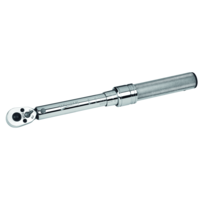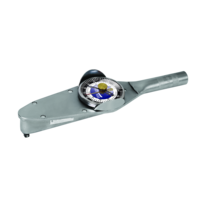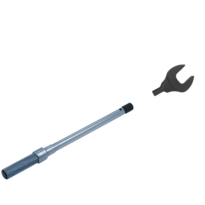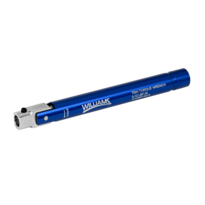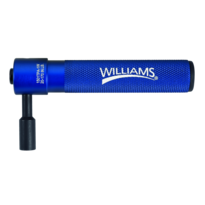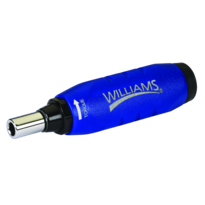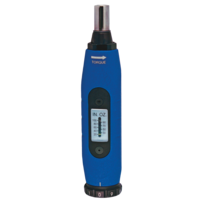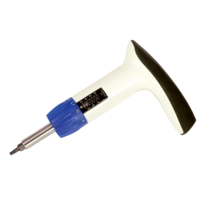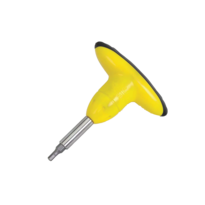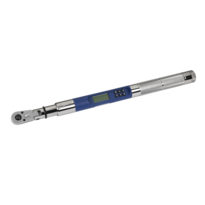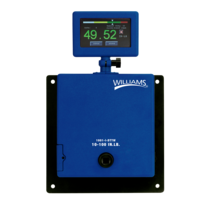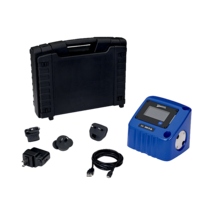

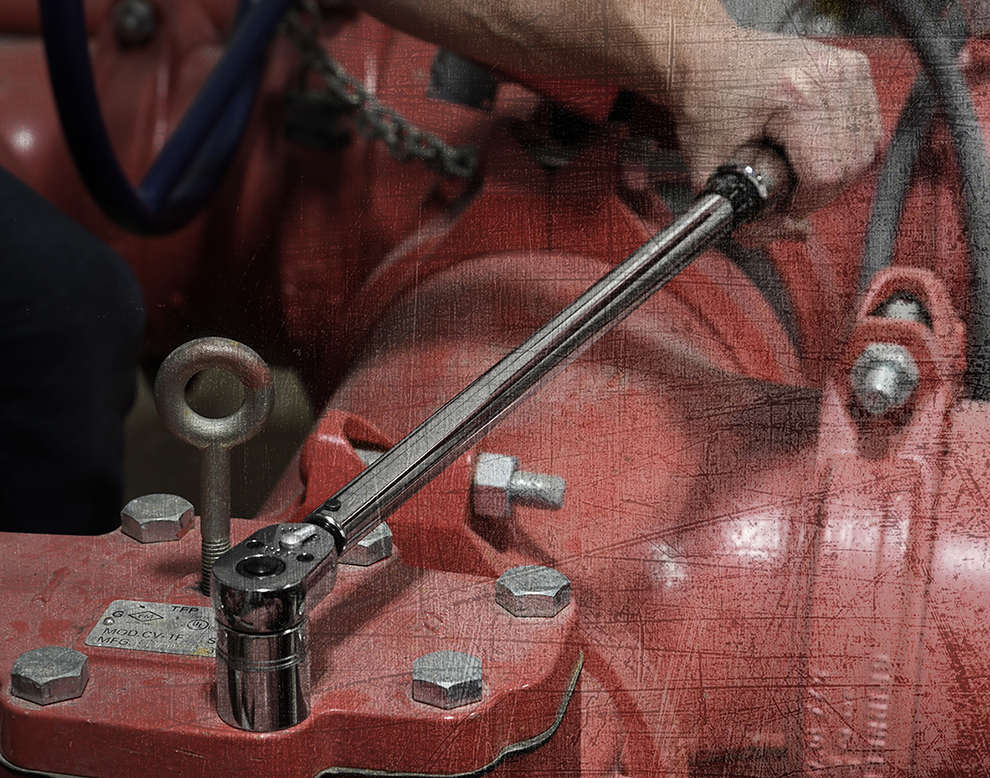
Torque Products - Built To Meet Your Torque Needs
TRUSTED
Williams Torque Wrenches provide high torque accuracy and repeatability.
STRONG
Quality torque products are designed for dependable long life and accuracy in the most demanding applications.
VALUED
Every Williams precision torque wrench is hand calibrated and comes with its own calibration certificate.
Explore Our Entire Line of Torque Products
Electronic Torque Wrench - Designed for professional, exact torquing with speed and accuracy.
Micrometer Torque Wrenches - Rugged, industrial strength torque wrenches able to withstand the rigors of professional use.
Interchangeable Head Torque Wrenches - Permits ratcheting, fixed or open end torquing capability with adjustable torque wrench bodies.
Single Setting Torque Wrenches - Designed for use on production lines and other applications where a specific torque is required for repetative operations.
Torque Screwdrivers - Mirco-adjustable for applications that require more than one torque value. Single setting for high column use in assembly operations.
Preset Drive Tools - Single setting wrenches for production applications that require higher values than a torque screwdriver can deliver.
Torque Acquisition Meter - Portable electronic torque meter that displays torque readings from sensors that attach between sockets and drivers.
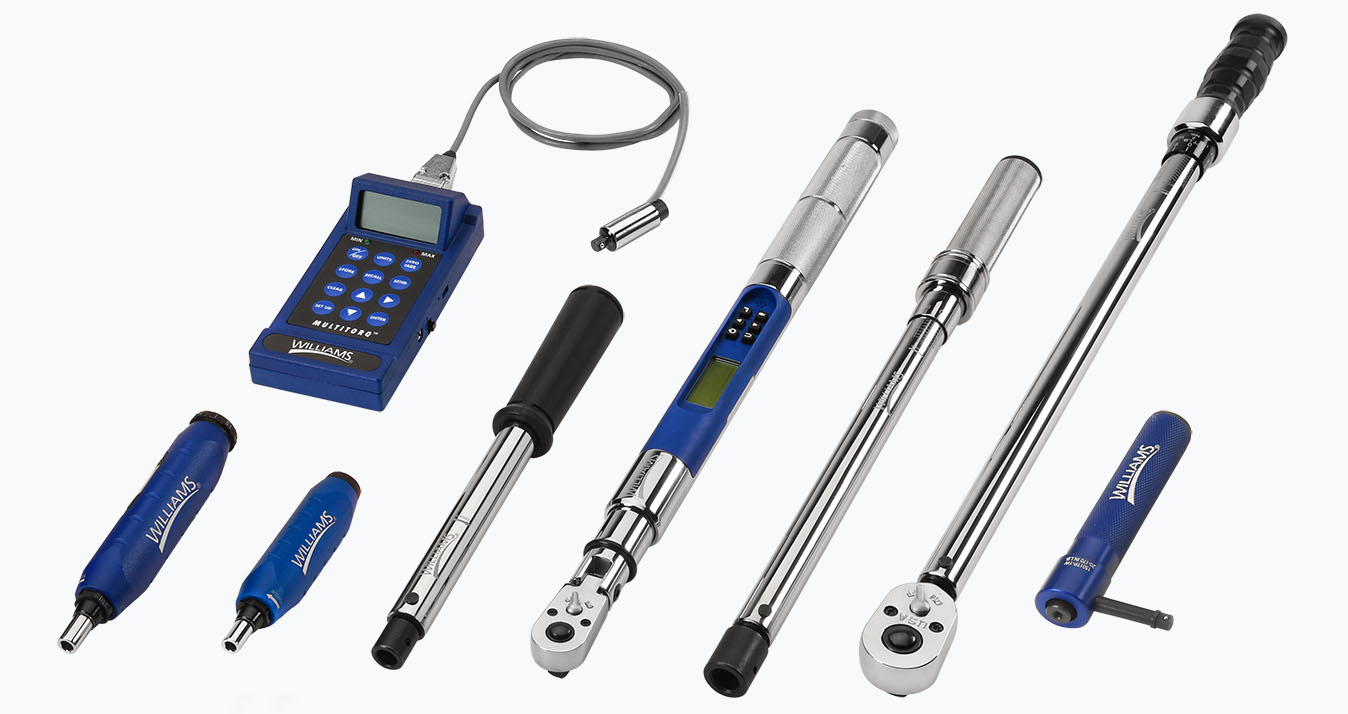
-
![]() Comfort Grip Micrometer Adjustable Torque Wrenches - Dual Scale 10002MRPHW - 6004MFRPHW View product
Comfort Grip Micrometer Adjustable Torque Wrenches - Dual Scale 10002MRPHW - 6004MFRPHW View product

Are you applying the correct torque?
Applying accurate torque is crucial to assembly applications, engines and precision equipment. Under or overtightening a fastener can lead to stripped threads, premature loosening or broken fasteners that can cause catastrophic failures and cost company money.
Williams offers torque seminars teaching the fundamentals of torque, how to handle torque tools safely and efficiently and applying the proper torque. Our experience and expertise can help educate users on the proper use of the tool.
Williams takes safety seriously! Contact us today to schedule your no charge torque safety seminar today.
Customer Success: Building Best Practices Into RV Manufacturing
When customers are angry because their RVs are breaking down, everyone in the assembly chain wants to solve the problem. However, looking at your own job performance critically and objectively to see if you’re causing the issue can be nearly impossible to do. One RV company experienced this exact scenario when components within the vehicles were breaking, leading to angry customers.
While observing work on the RV assembly, the Williams Territory Manager learned that bolts were failing when RVs were in operation. Because everything in an RV vibrates during operation, even slight over-tightening can lead to stress fractures in the bolts over time. Upon further review, the team discovered that the tool being used wasn’t ideal for the task. This observation prompted training about tool selection, torque theory and the importance of matching the right torque to the application. After some analysis, RV manufacturer concluded that technician was using the wrong size torque wrench, which was administering too much force on the bolts. This issue had started long before he took the job. Technicians who came before him were able to use the incorrect tools, as the materials used were more forgiving, and each new hire was taught the wrong way to do the job without anyone realizing it. However, the company had recently switched over to less accommodating components, and the small difference in tool size finally became a big problem.
The RV manufacturer replaced the incorrect torque wrenches with tools of the proper size to keep the bolts tightened without applying too much stress, and the company has not seen the issue since. In addition to this fix, our Williams Territory Manager worked with the technicians to educate them on the importance of applying the correct amount of torque and how to determine which tool to use in which application. Just as the wrong information had been passed down from technician to technician, the Williams team is confident that proper tool selection can become a sustainable system to ensure these preventable malfunctions never happen again. The technician had not been in the wrong. He was simply taught incorrectly and did not understand the torque technique needed to notice the problem. Teaching those currently in the job to do it correctly is important, but the Williams team took it a step further by encouraging them to teach each other as well.



